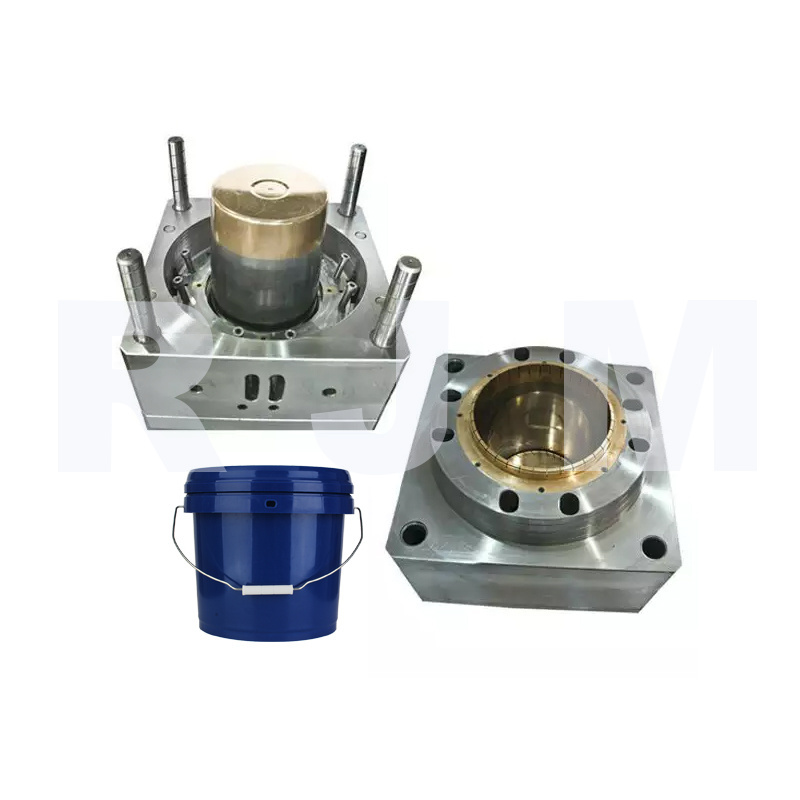The paint bucket mould is an essential tool in the manufacturing of paint buckets. The mould is designed to create the desired shape and size of the paint bucket. It is made from high-quality materials that are durable and long-lasting. In this article, we will explore the vocabulary associated with the paint bucket mould and its manufacturing process.
Injection Moulding: This is the process of creating a 3D object by injecting molten material into a mould. The paint bucket mould is created using this process, where molten plastic is injected into the mould, which then takes the shape of the desired paint bucket.
Cavity: This refers to the space within the paint bucket mould that creates the shape of the bucket. The cavity is designed to create the exact shape and size of the bucket, and it can be customized to suit specific requirements.
Core: The core is part of the mould that creates the hollow space in the paint bucket. It is usually designed to be easily removable to facilitate the removal of the paint bucket from the mould.
Ejector pins: These are small pins that are used to push the paint bucket out of the mould once it has been formed. The ejector pins are typically placed around the edge of the paint bucket mould.
Runner system: This is the network of channels that delivers the molten plastic to the cavity of the paint bucket mould. The runner system is crucial to ensuring that the cavity is filled evenly and completely with plastic.
Gate: The gate is the opening through which the molten plastic enters the cavity of the paint bucket mould. It is usually located at the end of the runner system and can be customized to create different shapes and sizes of paint buckets.
Cooling system: Once the molten plastic has been injected into the paint bucket mould, it needs to be cooled to solidify and take the desired shape. The cooling system is designed to circulate cold water or air around the mould to achieve the required cooling.
Release agent: This is a substance that is applied to the surface of the paint bucket mould before the injection process to prevent the plastic from sticking to the mould. The release agent ensures that the paint bucket can be easily removed from the mould without any damage.
In conclusion, the paint bucket mould is a vital tool in the manufacturing of paint buckets. It is designed to create the exact shape and size of the bucket and can be customized to meet specific requirements. The injection moulding process, cavity, core, ejector pins, runner system, gate, cooling system, and release agent are all essential components of the paint bucket mould. Understanding the vocabulary associated with the paint bucket mould and its manufacturing process is crucial to producing high-quality paint buckets.

